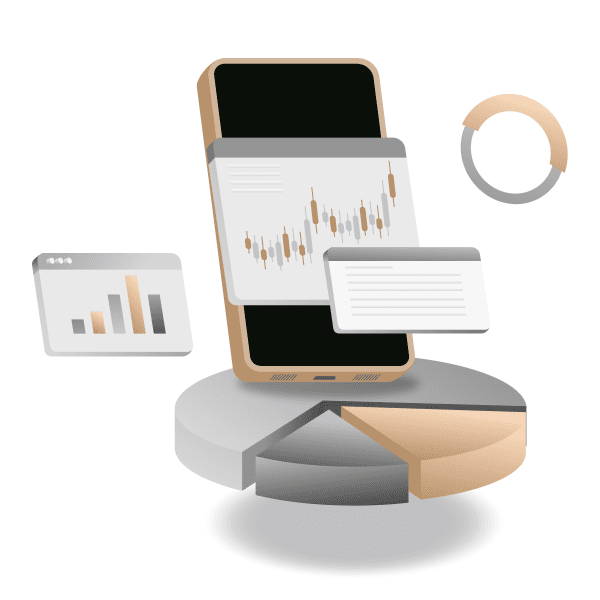Understanding financial signal processing definition

Financial signal processing is the analysis of key signals within financial markets. It looks for trends and patterns in behaviour that can be used to forecast future assets’ price action.
Key takeaways
-
Financial signal processing analyzes key signals and patterns in financial markets to forecast future asset price movements using historical data.
-
Originally from engineering for electrical signals, it expanded to finance due to digital technology's processing speed and data storage capabilities.
-
Hedge funds and investment banks use it for technical analysis, but retail investors can also apply it to predict asset values.
-
The most common application is quantitative investing, including high-frequency trading, algorithmic trading, and statistical arbitrage using mathematical models and computers.
-
Despite being mathematics-based, these strategies don't guarantee risk-free returns as markets remain volatile and past performance doesn't reliably indicate future results.
Hedge funds and investment banks frequently use financial signal processing for technical analysis. However, it can also be used by retail investors and traders to forecast an asset's future market value.
What is financial signal processing? Let’s start with the origins.
Signal processing is traditionally used in engineering to analyse electrical signals. A signal is any sequence of numerical data that varies in relation to an underlying independent variable, mostly time, according to the Electrical and Computer Engineering Design Handbook from Tuft University.
So what’s the relevance with the financial industry? What does financial signal processing mean? Signal processing techniques have been increasingly in demand in the finance industry as a result of the emergence of digital technology and its ability in processing speed and data storage.
Financial data is frequently compiled with time as the independent variable.
Financial signal process explained: Use cases
How does financial signal processing work? Financial signal processing is employed in investment strategy. Through technical analysis, it helps to project an asset’s future market value using historical financial data.
With enough historical data at their fingertips, an investor can use financial signal processing to create an algorithm that can predict the direction a share price could move in over a set period of time.
The most common financial signal processing example is quantitative investing. Financial signal processing, when combined with computer modelling, can analyse historical movements to determine the optimum time to invest.
Quantitative investors use advanced mathematical modelling, computer systems, and data analysis to determine the best chance of executing a profitable trade. High-frequency trading, algorithmic trading and statistical arbitrage are examples of quantitative investments.
Although financial signal processing investment strategies are based on mathematics, it does not guarantee they would be free of the risk of loss. Markets are volatile and past performance is not a reliable indicator of future results.
FAQs
What is financial signal processing in short?
Financial signal processing is the use of signal processing technologies normally used in engineering to forecast the future market value of a business or indicate the best time to invest in a financial asset.
Who uses financial signal processing?
Quantitative investors who use mathematical modelling and computer systems to determine profitable trades use financial signal processing. However, you should note that every investment carries risk, regardless of which trading strategy you use. Part performance never guarantees future results, and markets can unexpectedly go against your position.